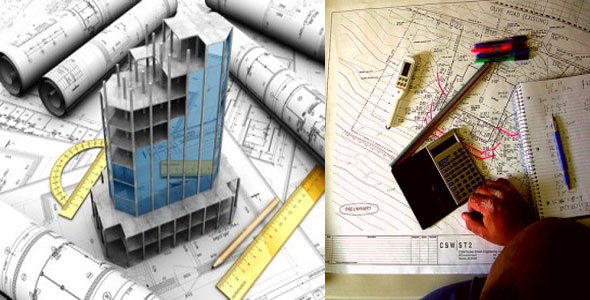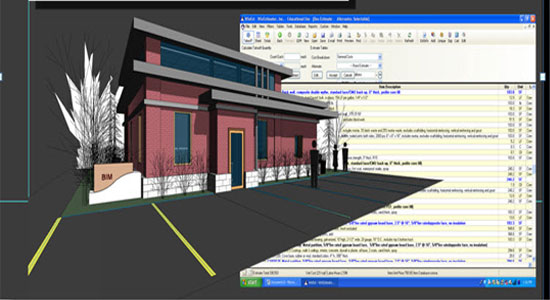There are various factors that must be considered while compiling bid for a construction project. It is important to know that all the bases are covered be it for a residential, industrial or governmental contract. Missing details or underestimating costs of a job can lead to losing a bid entirely.
Construction Estimating Software should be able to develop and monitor outgoing bids efficiently and precisely. The best construction estimating software supports completion a number of other tasks that constitute the daily business functions of a busy contractor.
Features: Construction estimating software should have tools that simplify the job. It should be able to track job costs and bids, and to perform general office-management functions such as document preparation, purchase-order processing and archiving previous projects. It should also create invoices and perform some accounting tasks.
Good construction software provides the flexibility required to create bids for a variety of projects. It should also accept customized formulas and calculations, prepare reports, import national cost indexes, compare subcontractor and vendor quotes, and track jobs by divisions and sub-divisions.
Ease of Use: Construction estimating software manages many variables. Though it can be complex, but using the software should be easy. Good estimating applications are well organized and presented in a logical manner so that bidder can get the most out of them in a short amount of time.
Help & Support: It is important that the software is complimented with tutorials, training classes or online demonstrations to provide better learning. This type of software involves many aspects; hence it is necessary to know how to utilize all of the features in a productive manner. Apart from tutorials, customer support should also be easily available through various means, and the support team should respond to inquiries promptly and thoroughly.

Construction estimating software helps in simplifying the process of calculating the bottom line. The best construction estimators like ProContractorMX, Estimation and Bid4Build eliminate many common mistakes that could cost an estimator extra expenses. Besides, software can track and compare the estimated cost with the actual cost during and after the job itself.
Using construction-bidding software allows the bidder to manage job costs as well as subcontractor bids, all while generating detailed and profitable bids. Construction estimators account for all aspects of construction, including equipment, labor and materials, so that the bidder does not face unforeseen costs.Construction Estimating Software should be able to develop and monitor outgoing bids efficiently and precisely. The best construction estimating software supports completion a number of other tasks that constitute the daily business functions of a busy contractor.
Investing in construction management software increases speed and accuracy in creating and presenting bids. Though estimating software application do not guarantee winning every bid, using estimating software helps in creating the best bid possible.
Features: Construction estimating software should have tools that simplify the job. It should be able to track job costs and bids, and to perform general office-management functions such as document preparation, purchase-order processing and archiving previous projects. It should also create invoices and perform some accounting tasks.
Good construction software provides the flexibility required to create bids for a variety of projects. It should also accept customized formulas and calculations, prepare reports, import national cost indexes, compare subcontractor and vendor quotes, and track jobs by divisions and sub-divisions.
Ease of Use: Construction estimating software manages many variables. Though it can be complex, but using the software should be easy. Good estimating applications are well organized and presented in a logical manner so that bidder can get the most out of them in a short amount of time.
Integration: High quality construction estimating software can seamlessly integrate with other third-party applications already being used by the bidder. Integration with accounting software such as QuickBooks, CAD software, Microsoft Project and more will enable saving time and money by consolidating the resources of the bidder. Besides, compatibility with mobile devices such as iPads and smartphones allows updating project information easily.
Help & Support: It is important that the software is complimented with tutorials, training classes or online demonstrations to provide better learning. This type of software involves many aspects; hence it is necessary to know how to utilize all of the features in a productive manner. Apart from tutorials, customer support should also be easily available through various means, and the support team should respond to inquiries promptly and thoroughly.

~~~~~~~~~~~~~~~~~~~~
Published By
Arka Roy
www.quantity-takeoff.com
~~~~~~~~~~~~~~~~~~~~



